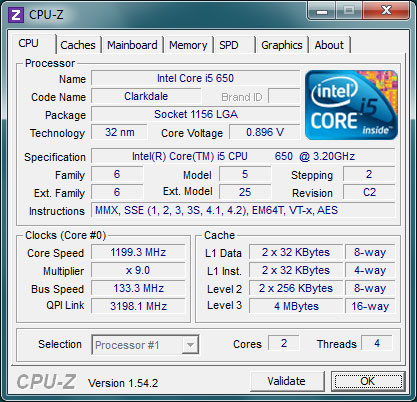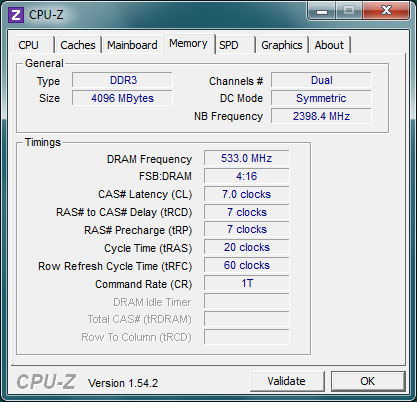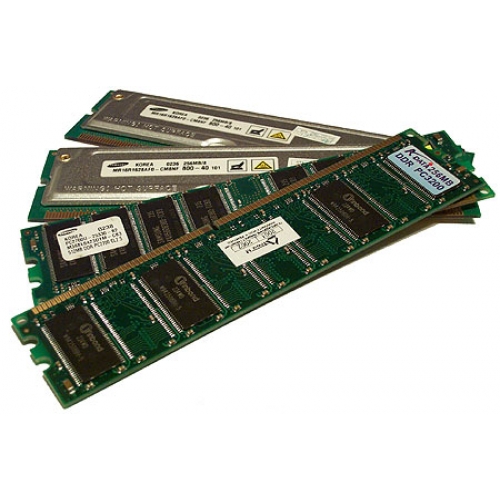You will need
- Operating system of Windows family;
- Connecting to the Internet;
- A web browser;
Instruction
1
Connect to Internet regular way, which it provided to your Windows system.
2
Start a browser and input prompt ' enter http://cpuid.com/softwares/cpu-z.html, then press Enter. Youíll see the program website CPU-Z. on the right column of the new page, find the version of the program with the word "setup". It is located right under "Download latest release". Click the first option download the English version of the program. After the download completes, run the downloaded file and follow the installation instructions.
On the Desktop will appear a shortcut to run the program. Start it. This will open the main program window, which contains several informational sections. Switching between them organized in tabs. Immediately after start the program displays the first tab, CPU.
On the Desktop will appear a shortcut to run the program. Start it. This will open the main program window, which contains several informational sections. Switching between them organized in tabs. Immediately after start the program displays the first tab, CPU.

3
Switch to the Memory tab by clicking on it with the left button of "mouse". Displays two sections of information about the parameters of RAM installed on your computer:
- General (Basic data) and
- Timings (physical organization) timings, signal time delays of chip RAM, and the operating frequency (DRAM Frequency) at which the chips operate.
In General, next to Type, and will be of interest to us the type parameter RAM. It could be DDR, DDR2, DDR3 or DDR4. For more information you can go to the next tab – SPD, clicking on it with the left button of "mouse". Here you can find information separately for each strip memory if has more than one. To do this, use the drop-down menu Memory Slot Selection.
- General (Basic data) and
- Timings (physical organization) timings, signal time delays of chip RAM, and the operating frequency (DRAM Frequency) at which the chips operate.
In General, next to Type, and will be of interest to us the type parameter RAM. It could be DDR, DDR2, DDR3 or DDR4. For more information you can go to the next tab – SPD, clicking on it with the left button of "mouse". Here you can find information separately for each strip memory if has more than one. To do this, use the drop-down menu Memory Slot Selection.

Note
If you add new modules to comply with the principle of similarity with the already established, the functioning of the computer is likely to lose its stability. It is not excluded that he will refuse to turn on.
Useful advice
This information will be enough to sort out the requirements for adding memory. Or provide this information to the sellers of computer components, and they'll choose the memory modules compatible with your computer.
